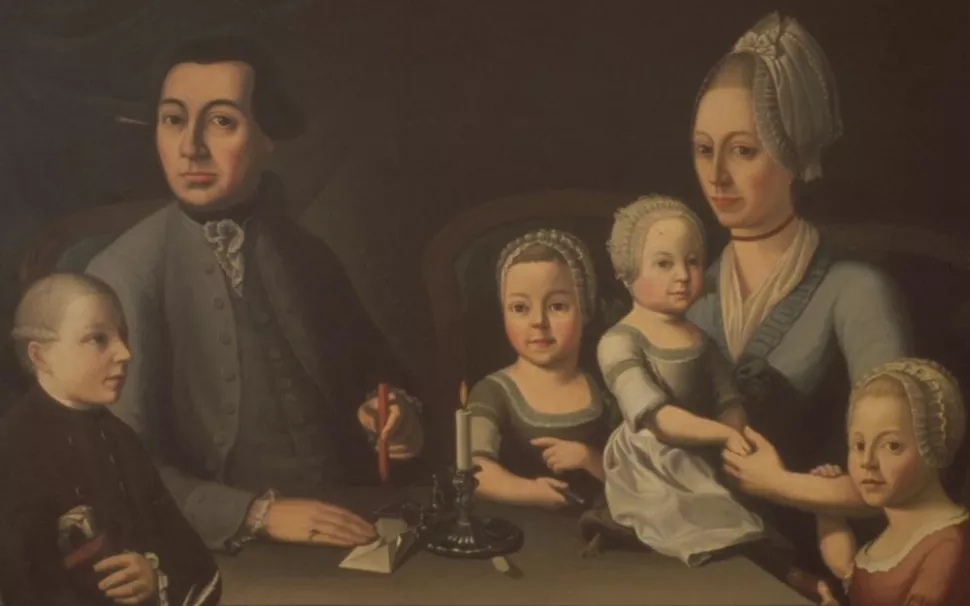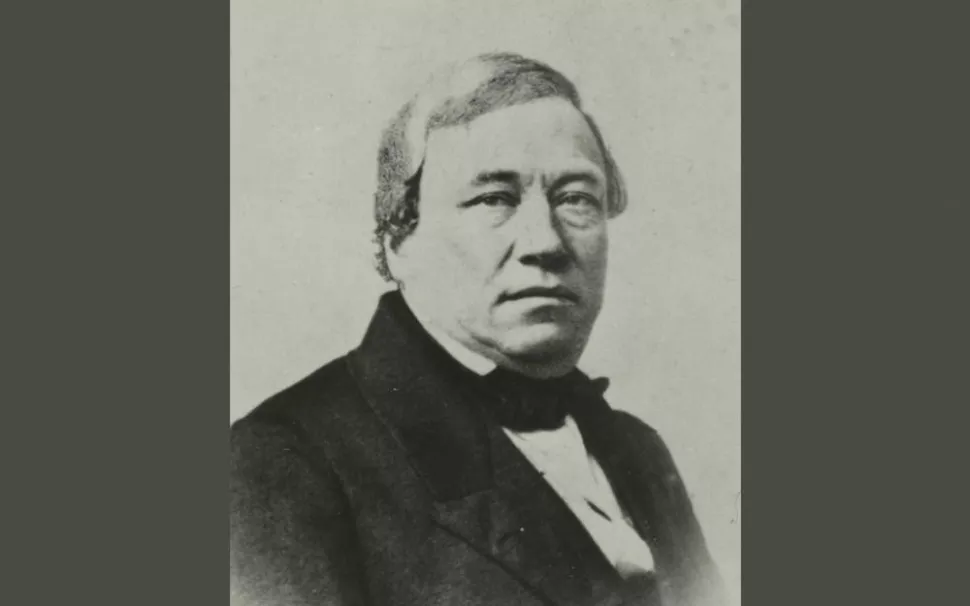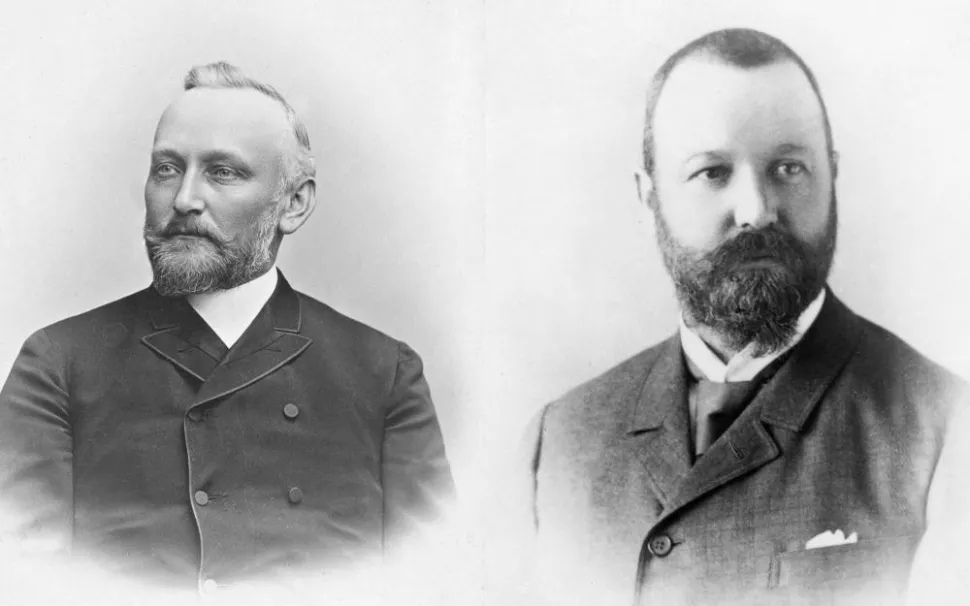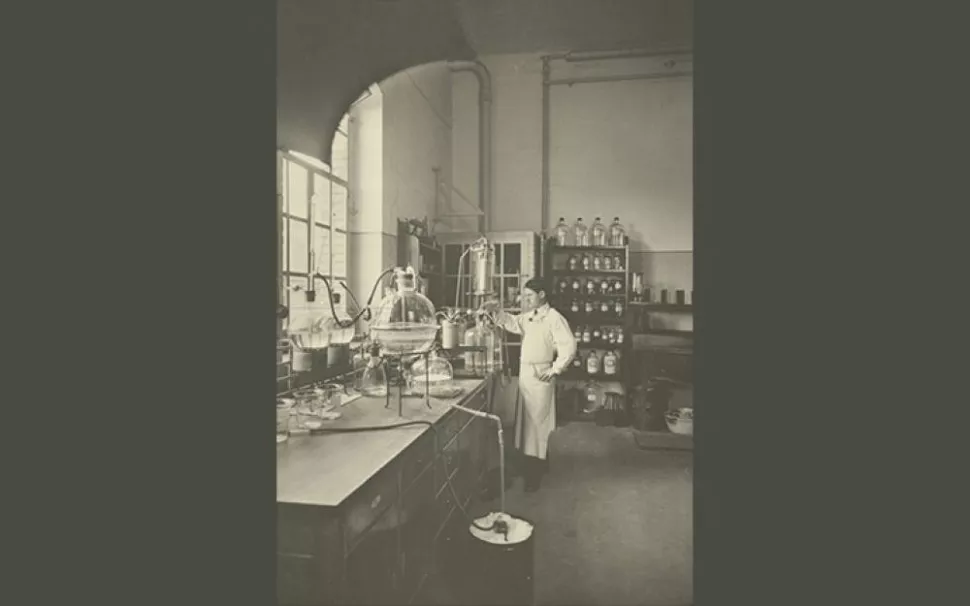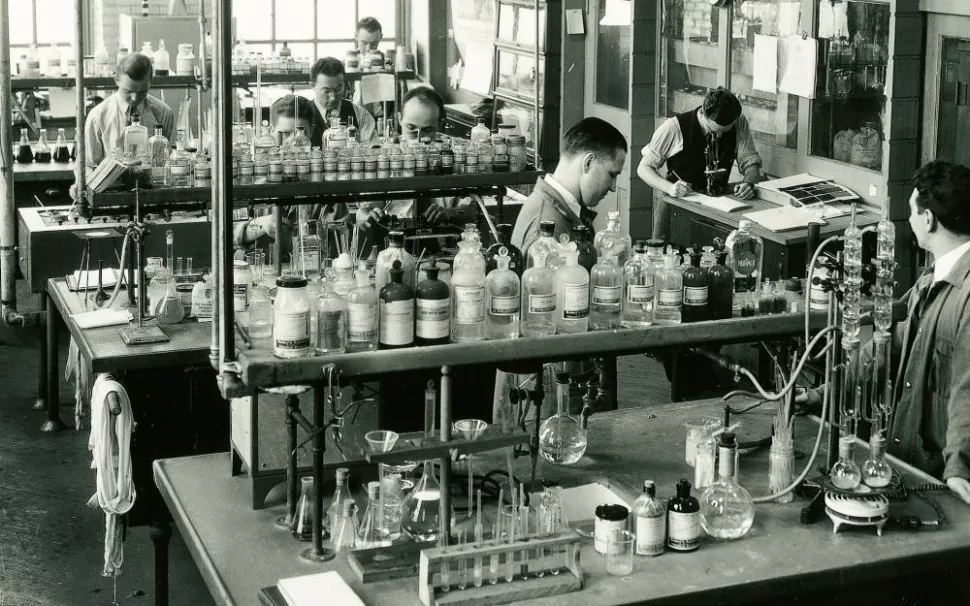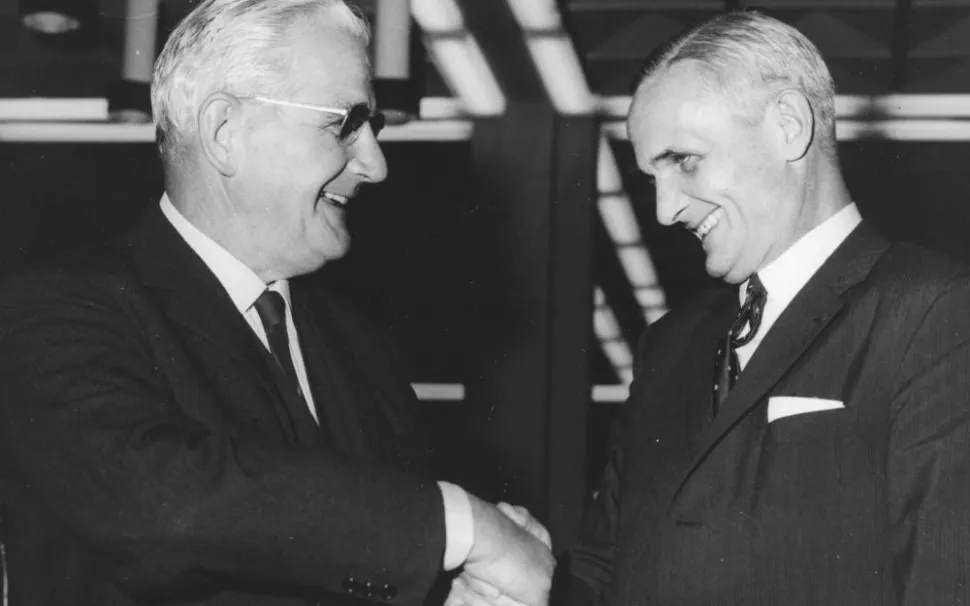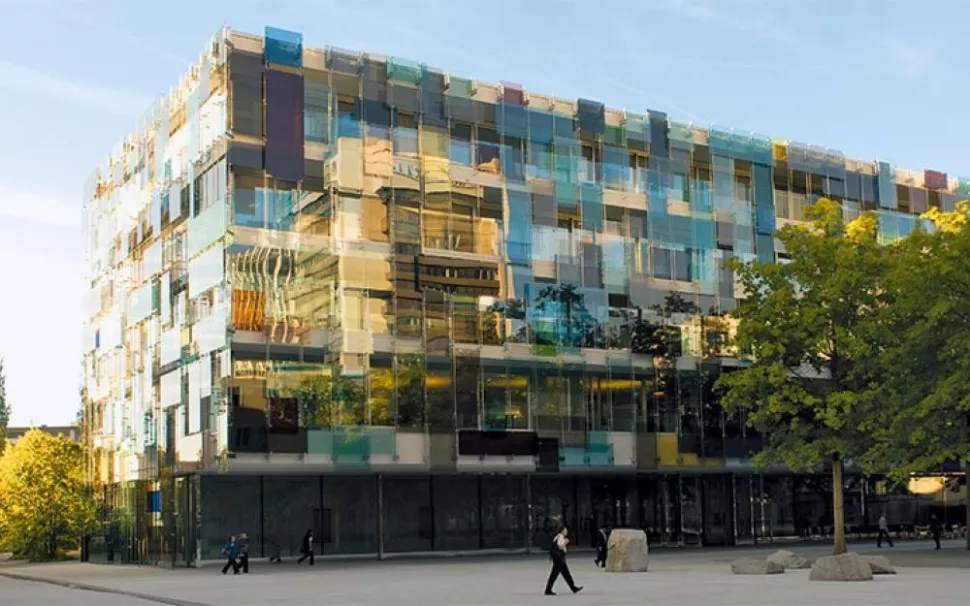The history of Novartis started in the middle of the 18th century. The companies that later formed Novartis first produced synthetic dyes. They then turned to chemicals and eventually focused on pharmacies. Novartis, as we know it today, was founded in 1996 by the merger of Ciba-Geigy and Sandoz.
The history of Novartis combines the fate of these three companies:
Geigy - dealing in chemicals and dyes, later expanding its range of fabrics and establishing the Pharma Division in 1938;
Ciby - has been producing dyes since 1859;
and Sandoz, who also produced chemicals and pharmacies, began to work since 1917.
In 1970, Ciba and Geigy merged into one company - Ciba-Geigy. Ciba-Geigy and Sandoz continued their activities independently until 1996, when they merged into an extensive company called Novartis.
Until April 9, 2019 Alcon was a division of the Novartis Group. Alcon has been diveded from Novartis and is now a separate, publicly traded company.
All of these companies at the beginning shared the common features that persist in Novartis today - the passion for the committee and the sale of new products that contribute to human progress through the development of science and health.
The company's name is derived from the Latin 'Novae Artes' - new skills. The name symbolizes the company's commitment to research and development so that it can bring new drugs to the general public.
